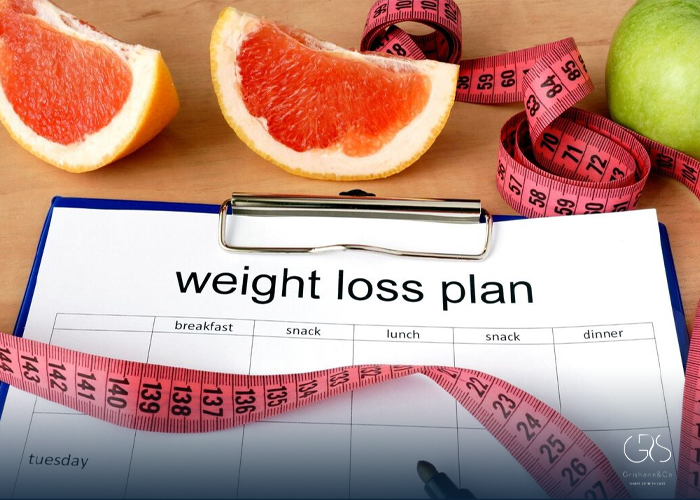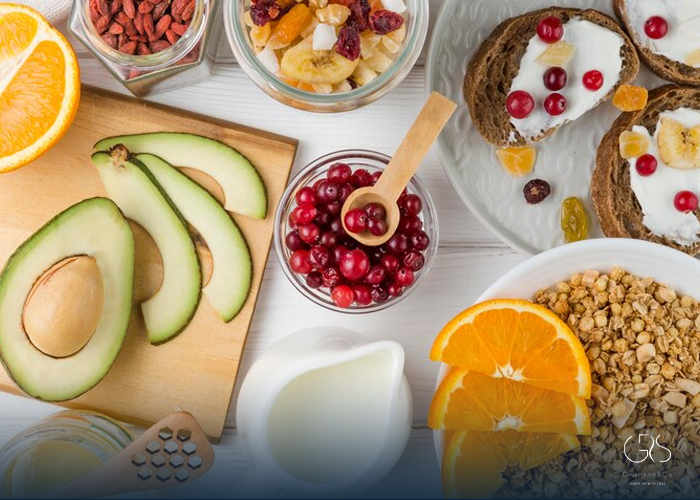Maintaining a healthy weight is a journey that begins with the food you put into your body. A crucial aspect of a successful weight loss journey is creating a well-planned grocery list that sets you up for nutritious and balanced meals throughout the week. By focusing on a variety of ingredients, meal planning, and selecting the right foods, you can make the process of grocery shopping a valuable tool in your weight loss strategy. In this comprehensive guide, we will explore the best practices for building a great weight loss grocery list, including pre-shopping tips, food categories, meal ideas, and an aisle-by-aisle grocery list to streamline your shopping experience.
Pre-Shopping Tips
Set Clear Goals
Before heading to the grocery store, it is essential to have a clear understanding of your weight loss goals and dietary preferences. Whether you aim to reduce your calorie intake, increase your consumption of nutrient-dense foods, or adopt a specific dietary plan, your grocery list should align with your objectives.

Plan Your Meals
Meal planning is a powerful tool for weight loss success. By mapping out your meals for the week ahead, you can ensure that your grocery list includes all the necessary ingredients for balanced and nutritionally sound dishes. Consider planning your meals based on a variety of food groups, including lean proteins, whole grains, fruits, and vegetables.
Check Inventory
Take inventory of your pantry, fridge, and freezer before creating your grocery list. This will help you avoid purchasing duplicate items and ensure that you have a clear understanding of what you need to restock.

Avoid Shopping Hungry
Shopping on an empty stomach can lead to impulsive food choices and unnecessary snacking. To stay on track with your weight loss goals, fuel your body with a healthy snack or meal before heading to the grocery store.
A Variety of Ingredients
To support your weight loss journey and ensure a well-rounded diet, it’s essential to include a variety of ingredients on your grocery list. Incorporating diverse food groups not only provides essential nutrients but also keeps your meals interesting and flavorful.
Make Your List Based on Meals
Organize your grocery list based on meals to streamline your shopping experience and ensure that you have all the necessary ingredients for each dish. Categorize your list into sections like breakfast, lunch, dinner, snacks, and treats to stay organized while shopping.

Pick the Right Time to Shop
Choosing the right time to shop can impact the quality of your food choices and the overall grocery shopping experience. Consider shopping during off-peak hours to avoid crowds and have ample time to compare products and make informed decisions.
An Aisle-by-Aisle Grocery List
Navigating the aisles of the grocery store can be overwhelming, especially when striving to make healthy choices for weight loss. To simplify your shopping experience, consider creating an aisle-by-aisle grocery list that guides you through the store efficiently.
Weight Loss Grocery List Food Categories
- Produce: Fill your cart with a colorful array of fruits and vegetables to ensure a variety of essential vitamins, minerals, and fiber in your diet.
- Minimally Processed Foods: Choose whole, minimally processed foods like whole grains, legumes, nuts, and seeds to provide sustained energy and essential nutrients.
- Frozen Foods: Stock up on frozen fruits, vegetables, and lean proteins for convenient meal options and to minimize food waste.
- Refrigerated Foods: Include dairy products like Greek yogurt, cottage cheese, and eggs for a good source of protein and calcium.
- Shelf-Stable Foods: Opt for shelf-stable items like canned beans, whole grains, and nut butter to have pantry staples on hand for quick and healthy meals.
Meal Ideas
Breakfast
- Overnight oats with fresh berries and almonds
- Veggie omelet with whole grain toast
- Greek yogurt parfait with granola and honey
Lunch
- Quinoa salad with grilled chicken and mixed vegetables
- Black bean and avocado wrap with a side of baby carrots
- Lentil soup with a side of whole grain crackers
Snacks
- Apple slices with almond butter
- Hummus and veggie sticks
- Air-popped popcorn seasoned with nutritional yeast
Dinner
- Baked salmon with roasted sweet potatoes and steamed broccoli
- Turkey chili with a side of mixed greens salad
- Stir-fried tofu with bell peppers and brown rice
Treats
- Dark chocolate squares
- Homemade energy balls with oats and dried fruit
- Frozen grapes for a refreshing dessert
(Check out my article on the benefits of grapes.)
(I recommend that you read about the benefits of dark chocolate.)
Conclusion
Building a great weight loss grocery list is a foundational step in achieving your health and wellness goals. By incorporating a variety of ingredients, planning your meals, and selecting nutrient-dense foods, you can create a grocery list that supports your weight loss journey and promotes overall well-being. Whether you are a seasoned meal planner or new to healthy eating, a well-organized grocery list can empower you to make informed food choices and stay on track with your weight loss goals.
Incorporate these tips into your grocery shopping routine to enhance your weight loss journey and cultivate healthy eating habits for the long term. Remember that small, sustainable changes in your diet can lead to significant improvements in your overall health and well-being.
Sources
- Mayo Clinic, Weight loss: 6 strategies for success
- Harvard Health Publishing, Smarter food shopping
- Academy of Nutrition and Dietetics, Meal Planning for Vegetarian Diets










